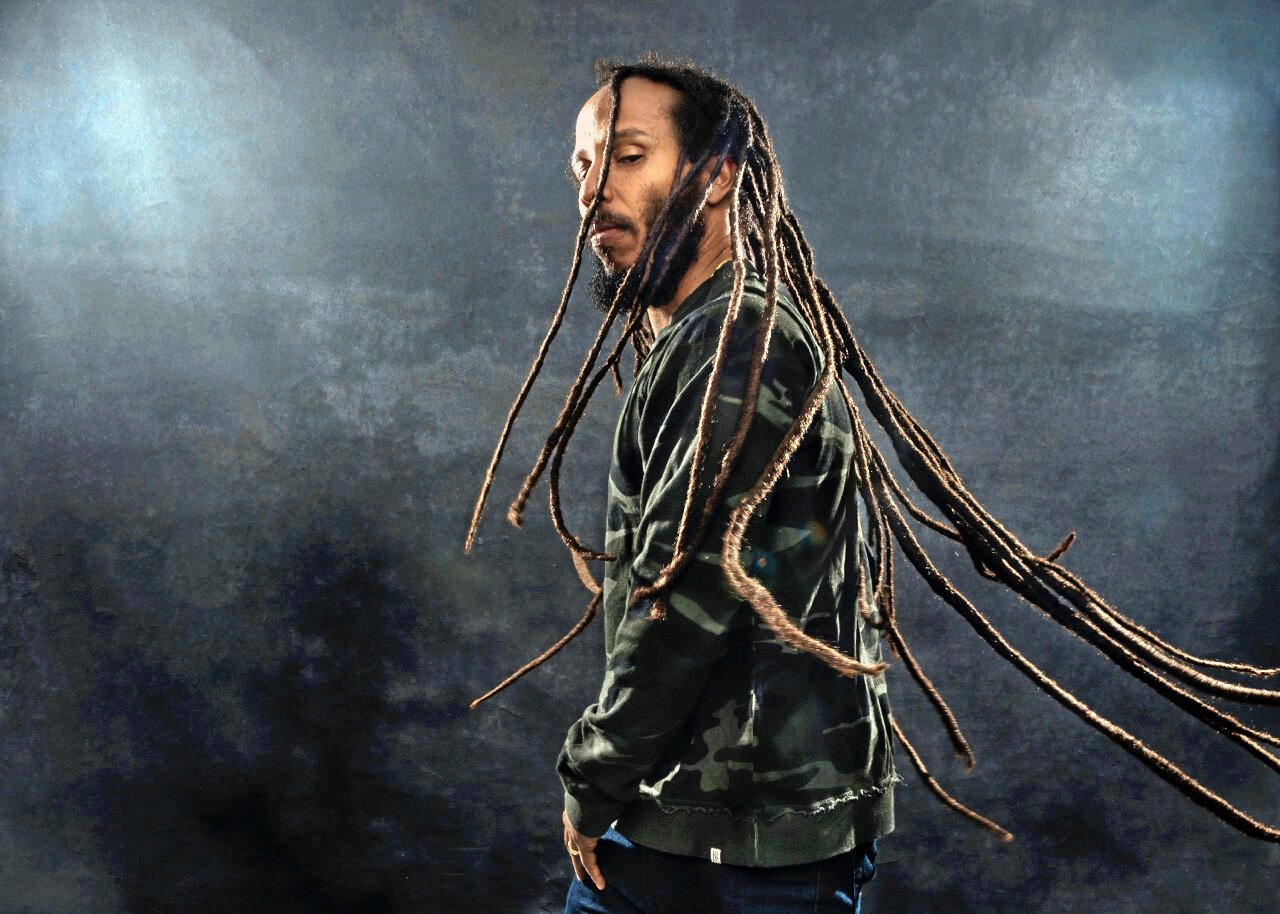Thomas Jacobsen Documents the Trad Jazz Scene

In memory of Tom Jacobsen, we're re-running my interview with him about "The New Orleans Jazz Scene 1970-2000: A Personal Retrospective" and his agenda-free approach to sorting out who's who.
In "The New Orleans Jazz Scene 1970-2000: A Personal Retrospective," writer and traditional jazz fan Thomas Jacobsen takes an agenda-free approach to sort out who's who.
[Updated January 19, 2016] (This story first ran in 2015 as part of our Jazz Fest coverage. On Sunday, January 15, Tom Jacobsen passed away from lung disease. He was a true believer in New Orleans music and its musicians, and I'm happy to run this interview with him a second time in his memory.)
In The New Orleans Jazz Scene 1970-2000: A Personal Retrospective, writer Thomas Jacobsen takes a very particular approach to talking about traditional jazz in the Crescent City. His book isn’t a history that involves you in the lives of the people who were a part of the scene, nor does he focus on the personalities who helped to shape it. Instead, he scrupulously sticks to the perspective he had during that time—that of a fan—and he writes what he knows from going to shows, listening to records, and reading magazines. He documents activity with an even hand, so much so that his tastes and preferences are rarely obvious.
“I consider myself a historian more than a musicologist,” he says, and that training translated to more research than his voice would suggest. “God knows, I have my favorites, but I’m not going to tell people what they should be listening to or shouldn’t. I think that’s bullshit. Most of the stuff that I read is bullshit in terms of jazz criticism. I don’t agree with 90 percent of it, and I don’t like to be told what I should and shouldn’t like.”
Jacobsen moved to New Orleans from Minnesota in 1988, but he had years of experience with New Orleans jazz before that. In pre-television days, he could hear WWL in South Mankato and listen to live broadcasts from the Blue Room in the Roosevelt Hotel. He moved to New Orleans in 1988 and lived here until he relocated to St. Louis last September to be closer to his grandchildren. This year is the first time in decades that he will miss Jazz Fest.
His book recognizes that music stories are almost always community stories, and The New Orleans Jazz Scene 1970-2000: A Personal Retrospective treats critics, club owners, educators and entrepreneurs as of equal importance as the musicians. It’s also useful as it fills in some blanks for those who look at the Economy Hall Tent lineup during Jazz Fest and see only a list of names with no sense that one is more meaningful than the other. Jacobsen doesn’t directly tell readers who is important and why, but the amount of activity that surrounds certain figures speaks to the quality of the work and important splace they’ve occupied. Banu Gibson, for example, came into clearer focus for me through Jacobsen’s book.
Jacobsen’s dispassionate approach is largely by design. Just as he’s reluctant to press his opinions on readers, he’d prefer not to advance narratives and perspectives with undo vigor. Instead, his chapters are like drawers in a filing cabinet, each filled with information that readers can sift through and attach significance to as they choose.
“It’s there for people to explore,” he says. “They can make their own decisions.”
Still, there are artists that stand out in his mind: Tim Laughlin, Evan Christopher, and Tom Fischer come quickly to mind. “I’m partial to woodwinds,” Jacobsen says. “Particularly clarinetists.” He’s a fan of pianists Tom McDermott and David Boeddinghaus, as well as Duke Heitger, and Connie Jones, who has played for years with Pete Fountain and recorded a duet album in 2012 with McDermott.
“Connie Jones is a great player, one of the Young Lions of the ‘70s,” Jacobsen says.
Some of his favorites are no longer with us, including clarinetist Jack Maheu, Don Suhor, and Al Belletto—a sax player who had his best musical years on the road with Woody Herman and Stan Kenton before becoming a bandleader in New Orleans. “Unfortunately, his New Orleans recordings were not that numerous.”
Naming names starts as a challenge for Jacobsen, who is now 80, but once he gets going, one name reminds him of another and he starts to rhyme off names with ease. “Leroy Jones can go both ways,” he says. “Not many musicians in New Orleans can play trad and be modern.” Banjo player Don Vappie, he says, “is a guy who I think is a terrific musician.” Thinking about the players gets him thinking about their bands, and while talking about Vappie, he observes, “Good musicians gravitate toward good musicians. They don’t work in hack bands, and they gather good musicians around them.”
Right now, Jacobsen is at work on the follow-up to The New Orleans Jazz Scene 1970-2000: A Personal Retrospective, an effort that will bring the story up to date. As he talks about preservation efforts, it’s easy to think about his work in similar ways.
“Preservation,” he says. “Well, it’s not gentrification. It’s acknowledging important historical monuments of whatever kind, whether musical monuments of other historical interest. It’s keeping them from being destroyed.” He points to the 400 block of South Rampart. “Those are structures that played a role in early jazz history, and they ought to be maintained at least. The Eagle Saloon shouldn’t be allowed to crumble.”
Tom McDermott and Friends will play the Lagniappe Stage Friday, April 25 at 4:20 p.m.
Banu Gibson will play Jazz Fest's Economy Hall Tent Saturday, April 25 at 3:05 p.m.
Tim Laughlin will play the Economy Hall Tent Sunday, April 26 at 3 p.m.
Leroy Jones and the New Orleans Helsinki Connection will play the Economy Hall Tent Thursday, April 30 at 1:45
Connie Jones and the Crescent City Jazz Band will play the Economy Hall Tent Saturday, May 2 at 11:15 a.m.
Don Vappie and his Creole Jazz Serenaders will play the Economy Hall Tent Sunday, May 3 at 3 p.m.






